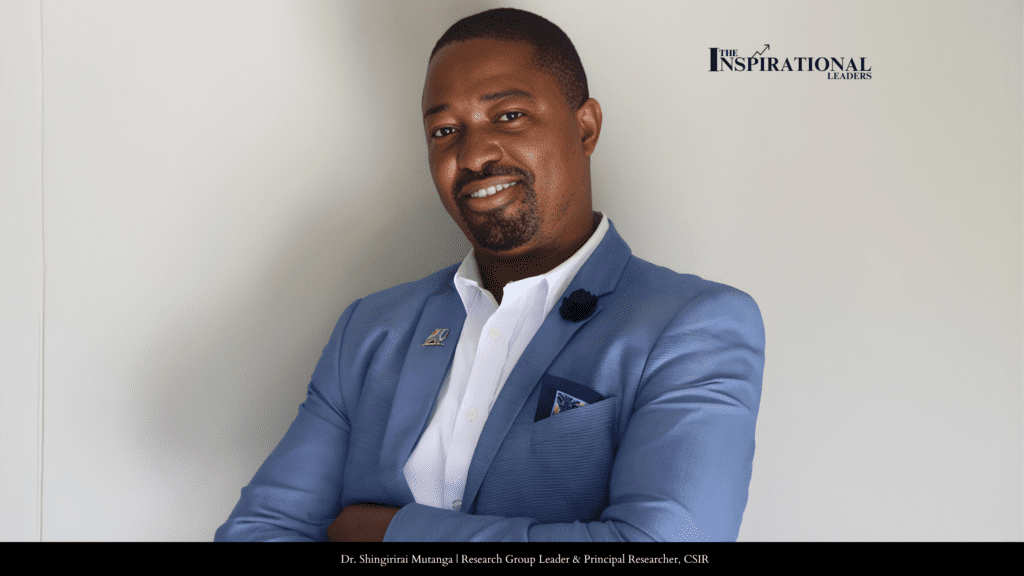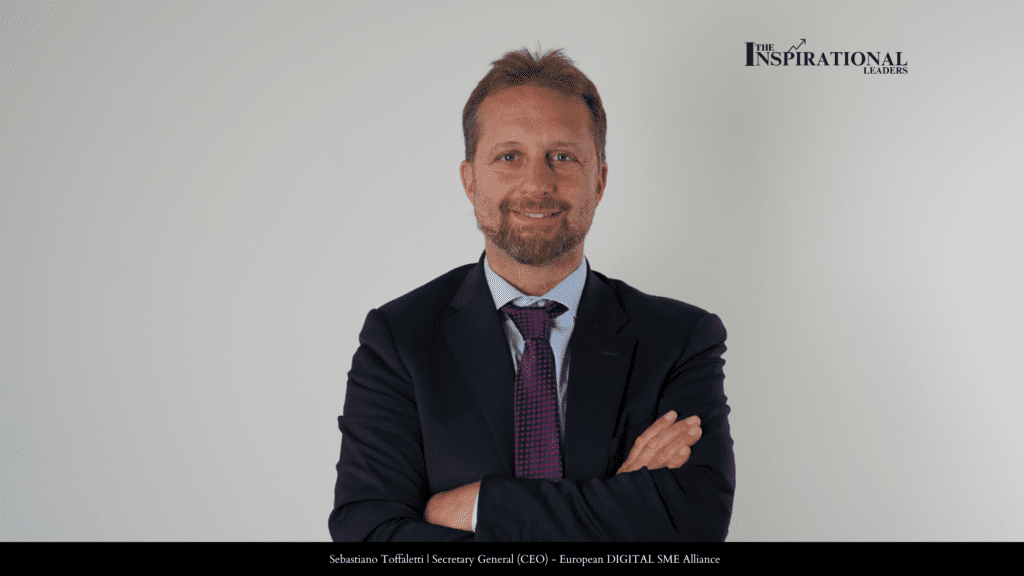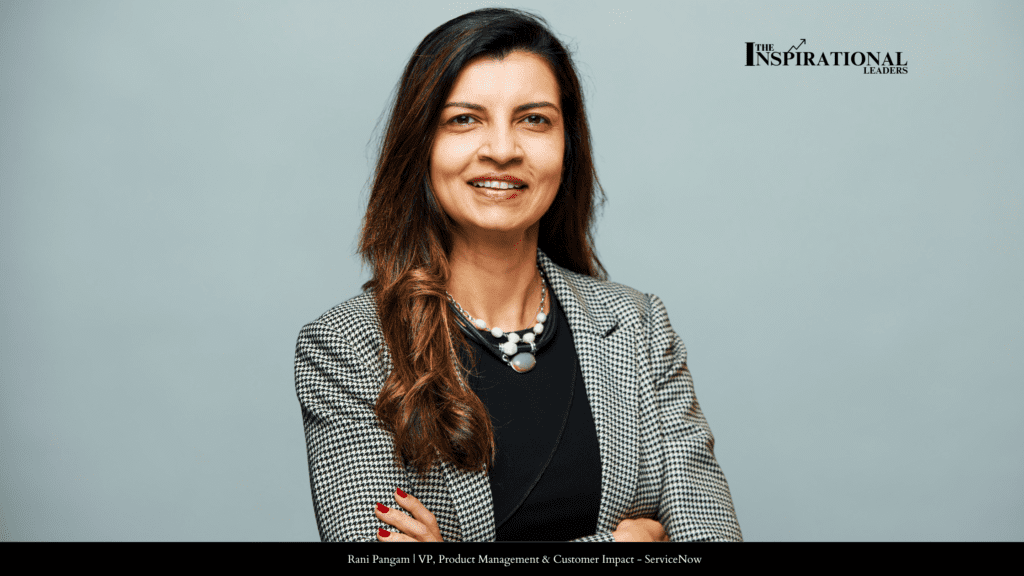Dr. Shingirirai Mutanga: From Humble Beginnings to Global Impact – A Scientist Shaping Africa’s Climate Future
Digital Version When Dr. Shingirirai Mutanga reflects on his journey from the dusty roads of rural Zimbabwe to the forefront of African climate science, one word echoes through his story — curiosity. “I always wondered why the rains came late, why some years the harvest was good and others disastrous,” he recalls. “I didn’t have the words for it then, but I was already asking climate questions.” That curiosity has since transformed into a career defined by purpose, persistence, and profound impact. Today, as a Research Group Leader and Principal Researcher at the Council for Scientific and Industrial Research (CSIR) in South Africa, Dr. Mutanga stands as one of the continent’s most respected scientific voices driving climate innovation, sustainability, and systems thinking. Early Inspiration and the Spark of a Vision Born into modest circumstances, Dr. Mutanga’s journey toward global scientific leadership was anything but straightforward. Yet, he grew up surrounded by stories that shaped his ambition — tales of Zimbabwean scholars who had earned degrees abroad at world-renowned institutions such as the International Institute for Geo-Information Science and Earth Observation (ITC) in the Netherlands, and who returned home to build the foundations of Africa’s scientific and technological progress. “They showed me that science could change nations,” he says. “Their stories lit a fire in me — to learn, to lead, and to serve. They showed me what was possible, that excellence and service can coexist — that science can be both global and deeply local.” Guided by this conviction, he pursued a Bachelor of Science in Environmental Studies in Zimbabwe, grounding himself in the delicate relationship between ecosystems, livelihoods, and sustainable development. His academic excellence earned him the prestigious Erasmus Mundus Scholarship, which opened doors to an international education journey that would profoundly shape his worldview. Over the course of his studies across Southampton (UK), Lund (Sweden), Warsaw (Poland), and ITC (Netherlands), Dr. Mutanga deepened his expertise in Geoinformation Science and Earth Observation for Environmental Modelling and Management. It was during this time that he began to understand how technology could illuminate the hidden stories of the planet. “It was the first time I truly saw how technology could tell the stories of our planet,” he recalls. “From satellite images to climate models, every dataset revealed something vital about our changing world.” Becoming a Systems Thinker Dr. Mutanga’s pursuit of excellence did not stop there. A decade ago, he achieved another major milestone by earning a Ph.D. in Industrial Systems Engineering — an achievement that broadened his scientific lens and solidified his role as a systems thinker. “The PhD taught me to see the interconnections,” he explains. “It’s not enough to study one system in isolation — real sustainability lies in understanding how they all interact.” That perspective — connecting climate, energy, water, and food systems — has since defined his leadership approach and his contributions to climate science in Africa and beyond. Driving Science-Based Solutions at CSIR At CSIR, Dr. Mutanga leads a team at the cutting edge of scientific innovation. His work centers on developing science-based solutions that inform both adaptation and mitigation strategies to tackle climate change. “In climate adaptation,” he explains, “I lead efforts to develop geo-information and modelling tools (earth observation and systems modelling) that help governments and communities anticipate and respond to climate risks such as droughts, floods, and shifts in agricultural productivity. These tools strengthen national adaptation plans and resilience strategies.” On the mitigation side, his research group advances the measurement and compilation of greenhouse gas (GHG) emission inventories and GHG scenario modelling across multiple sectors — from energy to land use — supporting low-carbon development pathways and contributing to international reporting and transparency mechanisms. Through this dual focus on adaptation and mitigation, Dr. Mutanga and his team help bridge the gap between complex data its policy interface and propel climate action. Their work ensures that science does not stay confined to laboratories but instead reaches decision-makers who can turn insights into sustainable outcomes. Building Interdisciplinary Collaboration Climate change is not a problem that can be solved in silos. Recognizing this, CSIR — under Dr. Mutanga’s guidance — fosters interdisciplinary research and partnerships that cut across sectors and disciplines. “Beyond research outputs, our impact lies in leadership across the climate, energy, water, and food nexus,” he notes. “We help decision-makers understand how policies in one sector ripple across others. Tackling climate change requires systems thinking, inclusive collaboration, and grounded African innovation.” This interdisciplinary spirit is central to CSIR’s mission — ensuring that Africa’s response to climate change is informed, connected, and context-specific. Innovating for Climate Resilience: The ReLISA Project Among the many initiatives led by Dr. Mutanga, one stands out as a beacon of hope — ReLISA, a flagship project that embodies both scientific rigor and visionary collaboration. “ReLISA is more than just a project,” he explains. “It represents a shared vision for a greener, more resilient future.” Under this IKI initiative, CSIR provides scientific evidence to support investment in land restoration, leveraging cutting-edge technologies such as remote sensing, LiDAR, drones, flux tower data, soil sampling, machine learning, and AI modelling. These tools are used to quantify how much carbon land can store — a critical step in understanding carbon sequestration and building sustainable climate strategies. Projects like ReLISA highlight how scientific innovation can create tangible environmental and economic benefits, positioning Africa as a key player in the global push toward net-zero emissions. From Data to Decision: Translating Science into Action One of the defining aspects of Dr. Mutanga’s leadership is his ability to translate complex research into actionable strategies for governments, industries, and communities. “We engage early, communicate clearly, collaborate broadly, and follow through on impact,” he says — a principle that captures his pragmatic yet visionary approach to science communication. This emphasis on early engagement and clarity ensures that CSIR’s research doesn’t just inform policy but actively shapes it — helping nations craft more effective climate strategies grounded in data and systems thinking. Harnessing Technology to Protect the Planet Advanced




